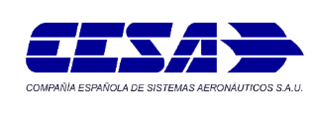CESA has started development of the TRAVIA project (Augmented and Virtual Reality Technologies for the Improvement of Training Processes in the Aerospace Industry), co-financed by the Ministry of Energy, Tourism and the Digital Agenda, as part of the National Plan for Scientific Research, Development and Technological Innovation 2013‐2016, with reference number TSI-100600-20165-12, as well as by the European Union through the European Regional Development Fund (ERDF).


The TRAVIA project intends to analyse and develop the use of augmented and virtual reality technologies to create tools that support learning processes related to different processes and procedures of the aerospace industry (workshop, MRO, logistics, etc.) in order to reduce costs in training processes, not just in terms of resources, but also of the time required for assimilation of the knowledge.
The developments of this project are thus geared towards the creation of tools to improve industrial training processes, taking advantage of both augmented reality and virtualised environments. By using augmented reality we can overlay information onto a real object, which could be used to guide users through a learning process with contextualised support. Virtual reality also enables users to be immersed in an environment similar to that of daily industry operations, simulating situations that require rapid decision-making and helping to internalise procedures through repetition.
To accomplish this, CESA collaborates with the CTIC Technology and Research Centre, which has a specialised line in vision technologies with expert researchers involved in an array of different technologies, including augmented reality and virtual reality.
 |
